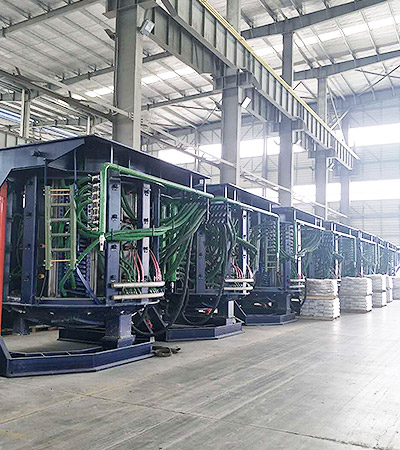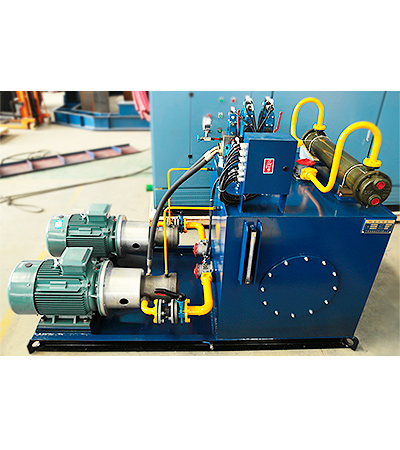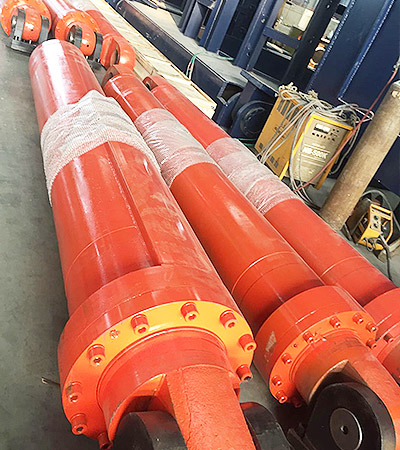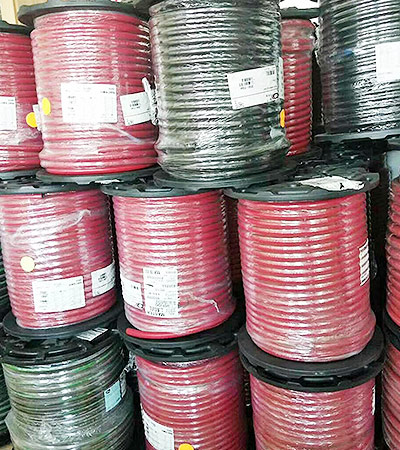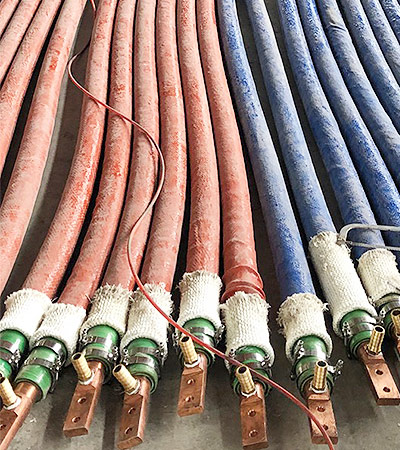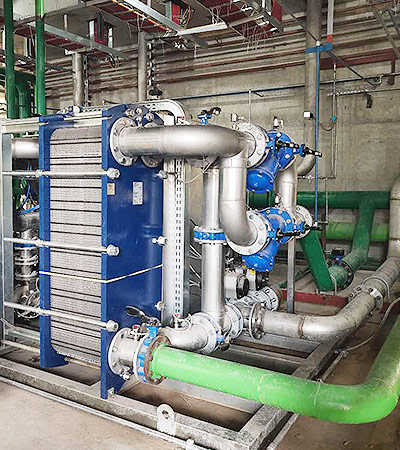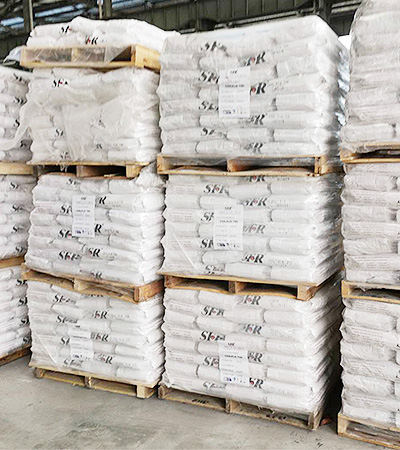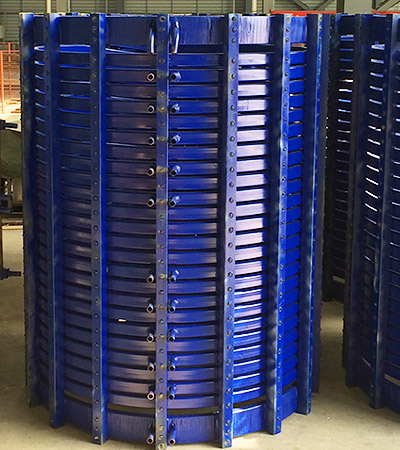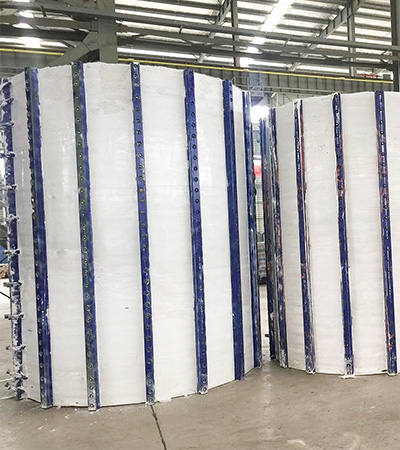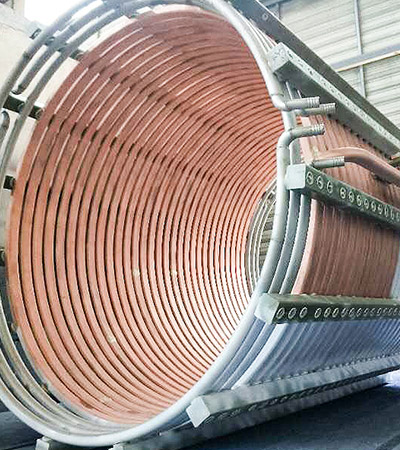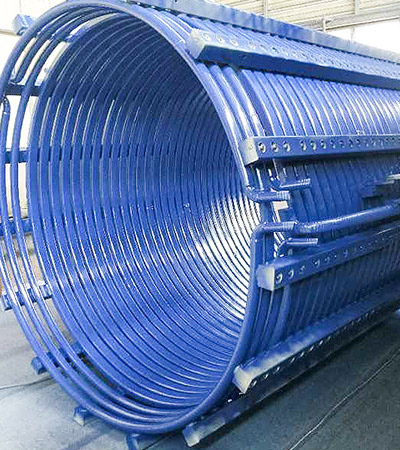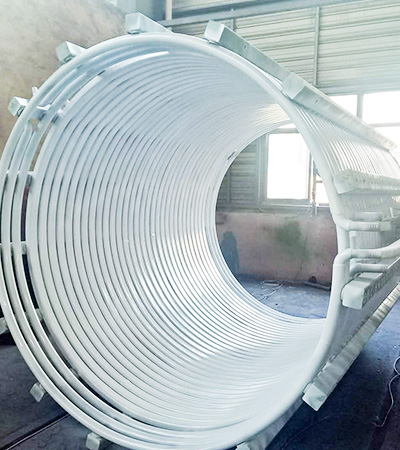Conditions of Use
1. The following items must be carefully checked before commissioning:
(1) After receiving the goods, please check whether the appearance of the hydraulic station is damaged and whether the pipeline is loose due to transportation reasons;
(2) If the electrical cabinet is configured by itself, it is necessary to connect the hydraulic station to the circuit of the electrical cabinet to ensure that the circuit is correct, firm and reliable;
(3) Add hydraulic oil to the tank. Use 32# hydraulic oil in winter and 46# hydraulic oil in summer. Common specifications of hydraulic oil: 200L/barrel, 18L/barrel.
Such as YZL120-Z3, prepare at least 120L of oil. When filling with oil, observe the pointer of the level gauge (between the red and black lines).
Adjust the test
The main contents of the hydraulic system adjustment test include no-load test and load test.
1. No-load test
The purpose of the no-load test is to comprehensively check whether the actions of each component, auxiliary device and various basic circuits of the hydraulic system are normal.
The way to check is:
(1) Start the hydraulic pump and jog first to determine the direction of the hydraulic pump. Generally speaking, when viewed from the rear end of the motor, it turns clockwise.
(2) Loosen all handles of the relief valve (adjust the pressure to the minimum, first adjust the relief valve to the minimum, and observe that the indication of the pressure gauge is at the minimum during the test), and the pump runs intermittently with no load.
①Check whether the unloading pressure of the pump is within the allowable range. (whether the pressure gauge pointer is at a low position)
②Is there any harsh noise?
③ Check whether there is any foam that sucks in air on the oil surface in the fuel tank.
④ Move the hydraulic cylinder back and forth several times under low pressure, and finally reciprocate several times with the maximum stroke to remove the air accumulated in the system.
(3) After running without load for a period of time, check whether the oil level in the fuel tank is too low. (between red and black lines)
(4) Check whether the safety valve and pressure relay are reliable.
(5) When the hydraulic system runs continuously for more than half an hour, check whether the oil temperature is within the specified range of 35~60℃.
(6) Check whether the system is abnormal.
(7) Check the joints and joints for leaks.
2. Load test
The load test is to make the hydraulic station work under the specified load, and it is an important stage to check whether the hydraulic system can meet various parameters and performance requirements. Generally test at maximum load first, and then load gradually. If working properly, a maximum load test can be performed.
(1) During the load test, slowly tighten the handle of the relief valve to gradually increase the working pressure of the system according to the preselected value, and the hydraulic cylinder should reciprocate several times or for a period of time at each stage.
(2) During the test, the travel switch, pilot valve, iron block, collision block and automatic control device should also be adjusted in time, so that the system can operate correctly according to the working cycle sequence.
(3) In order to control the movement speed, the throttle valve, speed regulating valve, relief valve, variable pump, guide wedge and pressure plate, lubrication conditions and sealing device can be adjusted to make the work smooth without impact and vibration noise.
(4) External leakage is not allowed.
(5) Check the hydraulic pump and oil tank so that the temperature does not exceed the specified value.
Correct use of hydraulic equipment
In order to use hydraulic equipment correctly and ensure the normal operation of the hydraulic system, it is necessary to establish operating procedures or operating points.
The use requirements of the hydraulic system, in order to give full play to its excellent performance when using hydraulic equipment, must meet the following requirements:
(1) When assembling the hydraulic system, follow the rules to prevent pollution.
(2) Select the appropriate hydraulic oil according to the design requirements, and do not mix different types of hydraulic oil.
(3) Reasonably adjust the pressure valve and flow valve according to the design requirements, and tighten the adjusting screw after adjustment.
(4) The temperature of the hydraulic system should not exceed the design requirements, generally 35-60 °C. If the temperature is too high, find out why. When the oil temperature exceeds the designed temperature range, necessary measures should be taken to increase and decrease the temperature.
(5) The power supply voltage is stable, and its fluctuation value does not exceed 15% of the rated voltage.
(6) The pressure cannot be adjusted without a pressure gauge, and the pressure gauge should be replaced in time if it is damaged.

 English
English España
España EN
EN
